The Otticmusic Label Group has opened the doors to a new release database, gathering the full … The Otticmusic Label Group Launches A Central Release DatabaseRead more
Review | Melody’s Echo Chamber – Unclouded [Domino Recording Co Ltd]
On Unclouded, Melody Prochet doesn’t so much return as re-materialize: the same gauzy psych-pop silhouette as … Review | Melody’s Echo Chamber – Unclouded [Domino Recording Co Ltd]Read more
Review | Killing Kind – Being Human [Aenaos Records]
Killing Kind’s second album, “Being Human,” doesn’t just get darker than their 2023 debut—it gets denser, … Review | Killing Kind – Being Human [Aenaos Records]Read more
SHIBA☆RELLA drops “Brainfreeze (with AlienPepe)” — stream on ROUGEE today
On 10 November 2025, SHIBA☆RELLA releases Brainfreeze (with AlienPepe), a digital single on otticmusic / Pretty … SHIBA☆RELLA drops “Brainfreeze (with AlienPepe)” — stream on ROUGEE todayRead more
Review | Various Artists – Fake Lines Sono Levant [Fake Lines]
“Fake Lines: Sono Levant” redraws the map by ear. The 36-track compilation refuses the borders that … Review | Various Artists – Fake Lines Sono Levant [Fake Lines]Read more
Review | Seigmen – Dissonans [Indie Recordings]
Seigmen have always treated chronology like a spiral rather than a line, and Dissonans makes that … Review | Seigmen – Dissonans [Indie Recordings]Read more
Wall Art Update On Artstation
Orbit Rider Graphite lines stage a surreal pairing: a horned colossus bearing a sleek, rabbit-antennaed automaton … Wall Art Update On ArtstationRead more
Review | Finitribe – The Sheer Action of Fini Tribe 1982-1987 [Shipwrecked Industries / Finiflex]
History tends to flatten the messy paths between post-punk and rave into a neat line, but … Review | Finitribe – The Sheer Action of Fini Tribe 1982-1987 [Shipwrecked Industries / Finiflex]Read more
Groll24 Announces Debut EP “Hausverbot im Appstore”
Groll24, the uncompromising German GrAIndcore project, will release its debut EP, “Hausverbot im Appstore” soon via … Groll24 Announces Debut EP “Hausverbot im Appstore”Read more
Review | Sprints – All That Is Over [City Slang / Sub Pop]
Sprints’ second album wastes no time making its intentions known. “Abandon” opens like a pressure chamber: … Review | Sprints – All That Is Over [City Slang / Sub Pop]Read more
Review | Ida Maria – Seven Deadly Sins +3 [Indie Recordings]
Ida Maria has never been a subtle writer, but Seven Deadly Sins +3 turns her blunt … Review | Ida Maria – Seven Deadly Sins +3 [Indie Recordings]Read more
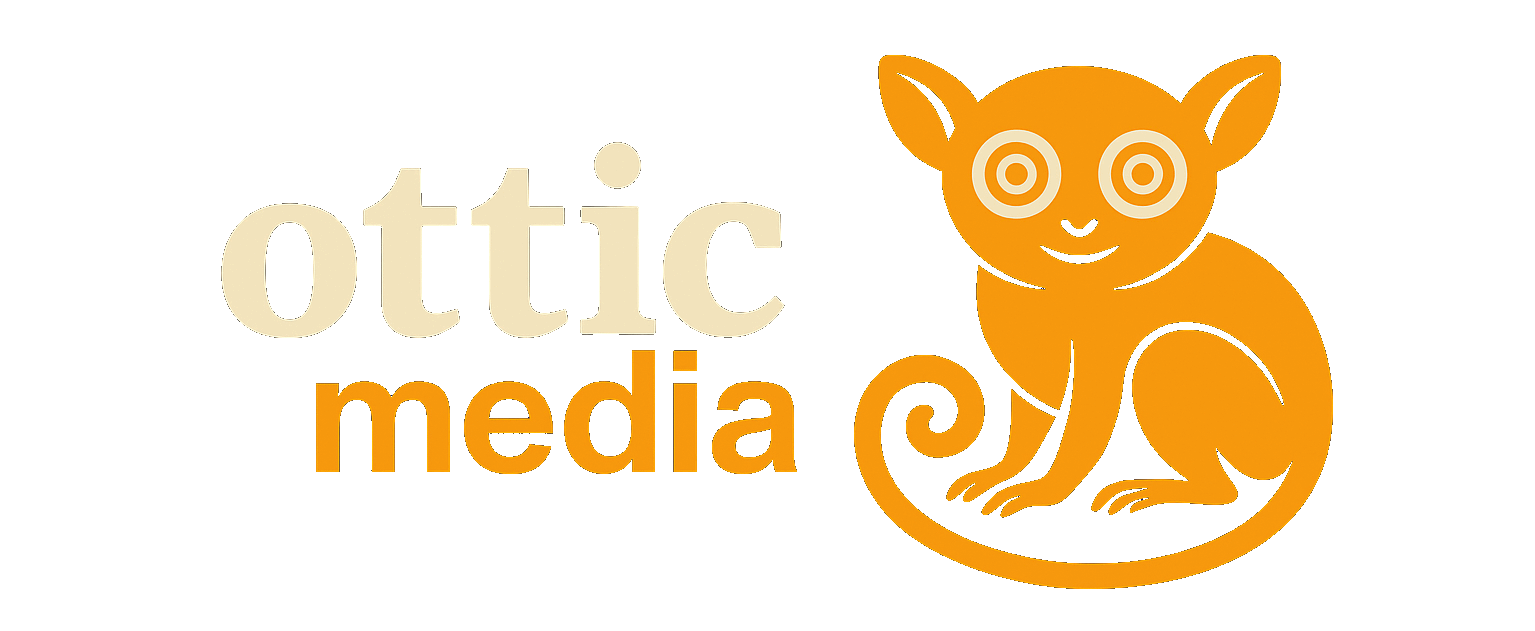
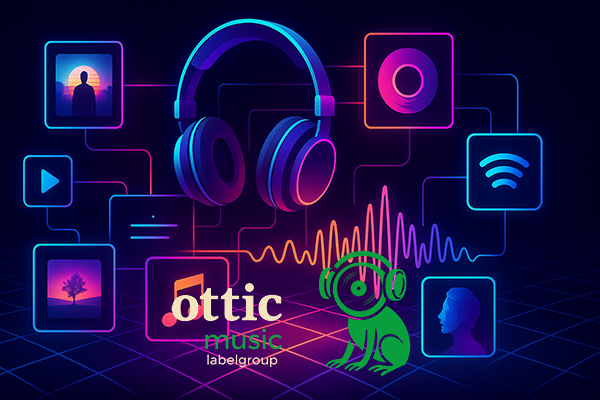
![Review | Melody’s Echo Chamber – Unclouded [Domino Recording Co Ltd]](https://www.ottic.de/wp-content/uploads/2025/12/melodys-echo-chamber-the-house-that-doesnt-exist-official-video-2.jpg)
![Review | Killing Kind – Being Human [Aenaos Records]](https://www.ottic.de/wp-content/uploads/2025/12/desperatley-holding-on-2-800x533.jpg)
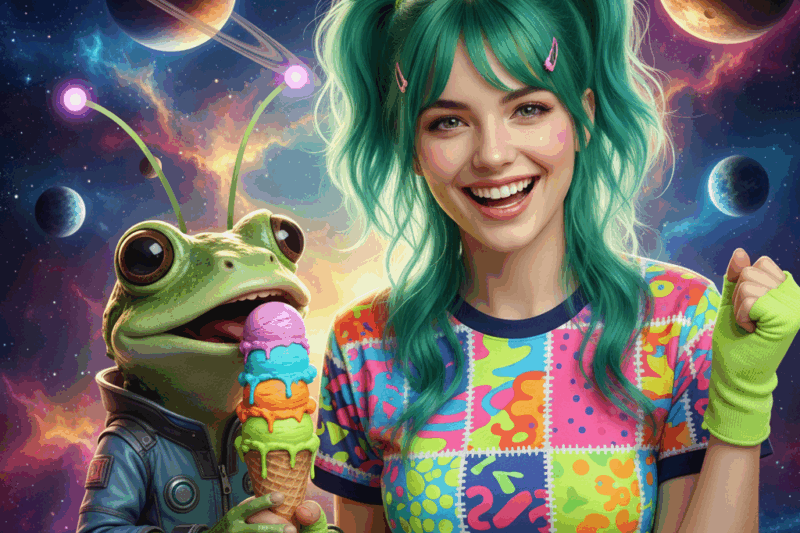
![Review | Various Artists – Fake Lines Sono Levant [Fake Lines]](https://www.ottic.de/wp-content/uploads/2025/10/in-our-multitudes-we-will-return-d8b1d8a7d8acd8b9d98ad986-2-800x533.jpg)
![Review | Seigmen – Dissonans [Indie Recordings]](https://www.ottic.de/wp-content/uploads/2025/10/disiplin-2-800x533.jpg)
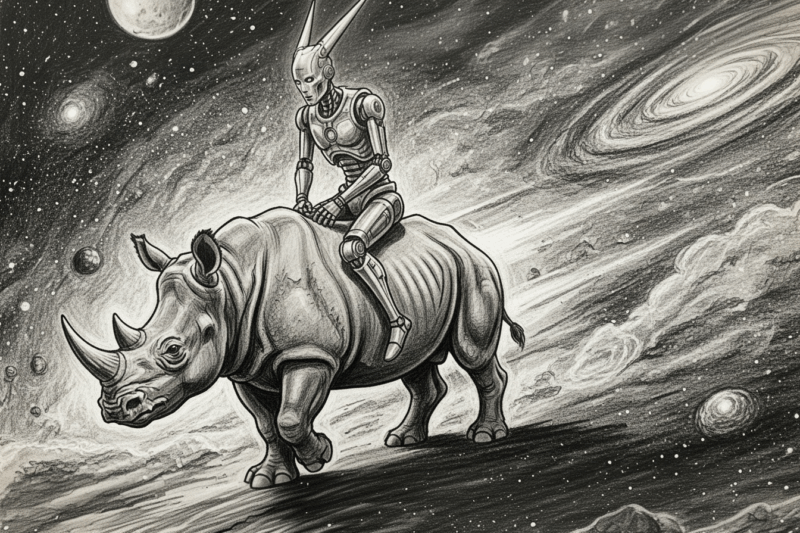
![Review | Finitribe – The Sheer Action of Fini Tribe 1982-1987 [Shipwrecked Industries / Finiflex]](https://www.ottic.de/wp-content/uploads/2025/10/splash-care-peel-session-800x533.jpg)
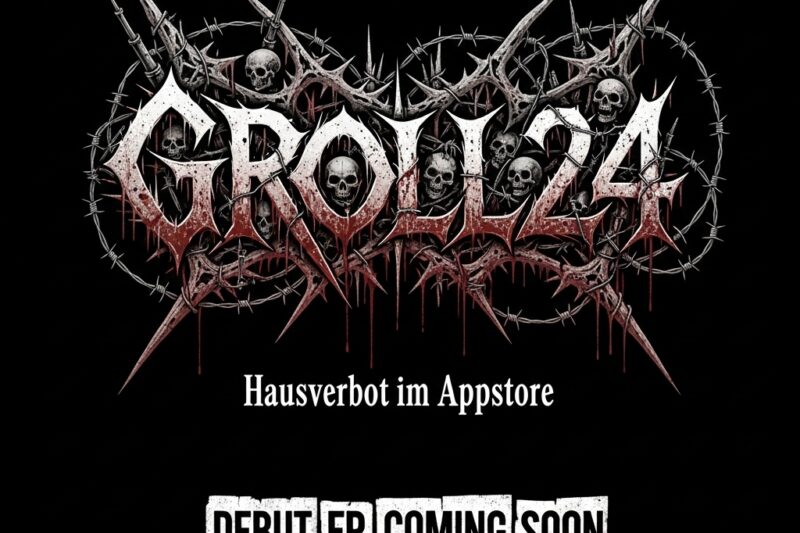
![Review | Sprints – All That Is Over [City Slang / Sub Pop]](https://www.ottic.de/wp-content/uploads/2025/09/sprints-rage-official-visualiser-2-800x533.jpg)
![Review | Ida Maria – Seven Deadly Sins +3 [Indie Recordings]](https://www.ottic.de/wp-content/uploads/2025/09/lazy-2-800x533.jpg)